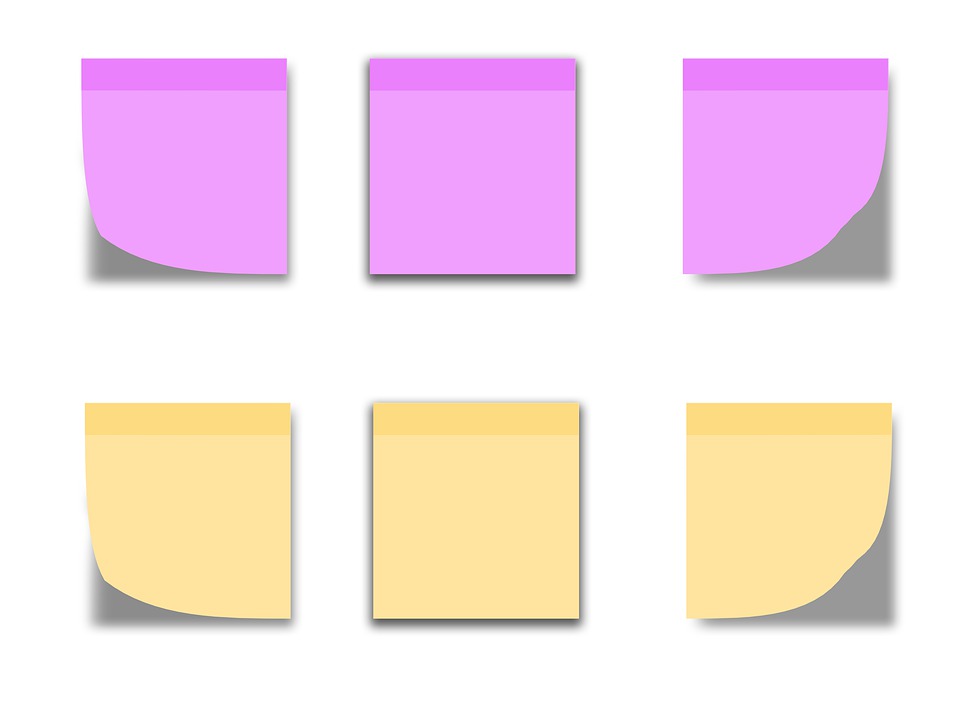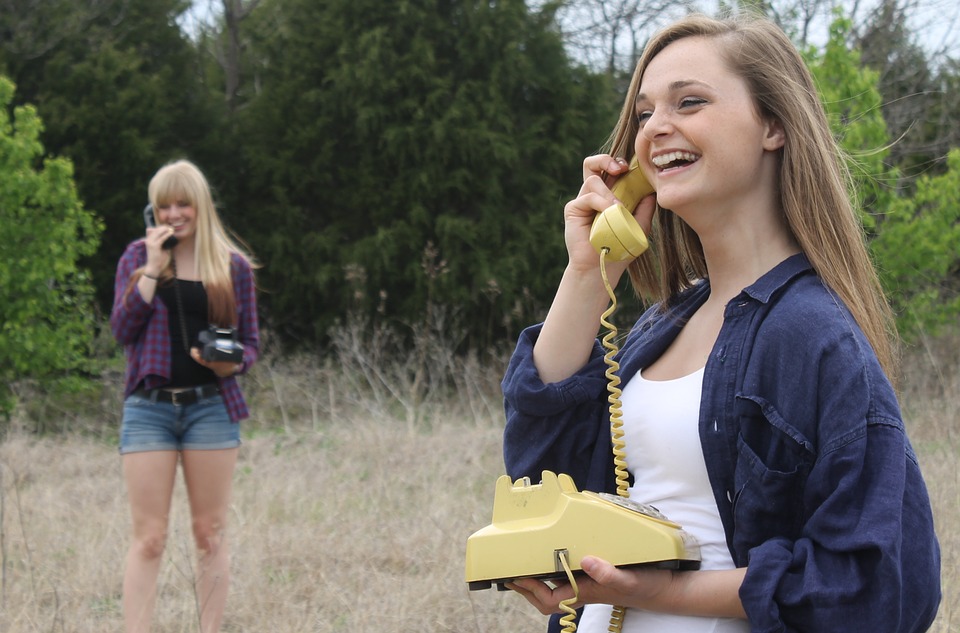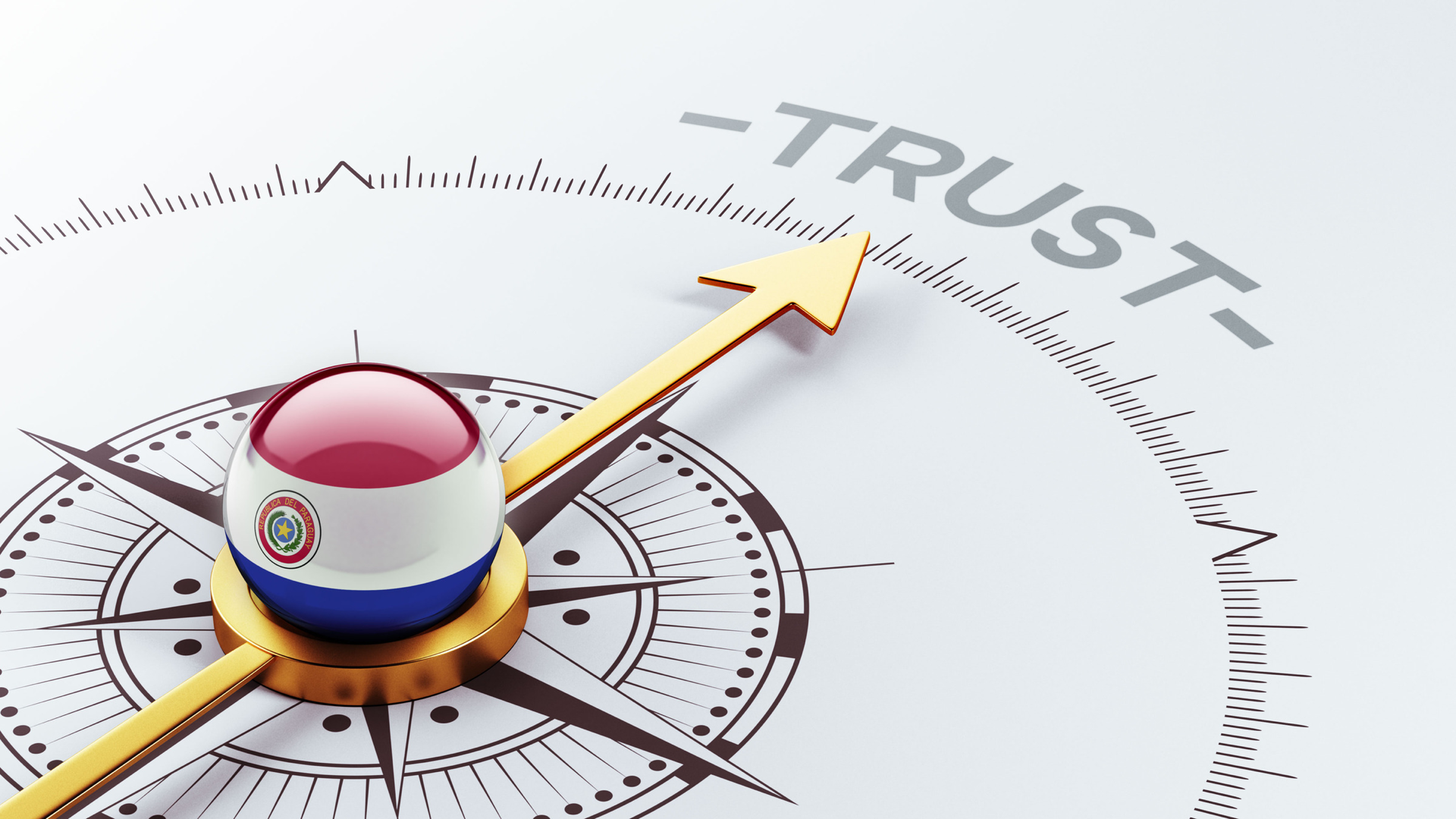Some moments are fleeting, yet powerful enough to change the entire trajectory of an experience. In the world of experiential learning and corporate facilitation, I have learned that sometimes all it takes is five extra minutes to shift the mood, bridge a gap, or create an unforgettable impact.
At FocusU, we hold a deep belief. We don’t simply conduct training programs. We create meaningful experiences. Over the years, I’ve noticed a pattern. The most powerful memories participants carry with them often stem from small, intentional acts that took only a few minutes of extra effort.
In this post, I want to walk you through a few seemingly minor yet transformational things I have learned to incorporate into every program. These moments don’t demand elaborate plans or added costs. They ask only for presence, empathy, and the willingness to slow down for five minutes.
A Quick Conversation with the Leader Can Change Everything
Table of Contents
Before stepping into the room to begin a session, I often take five minutes to meet with the leader who brought the team together. It could be a CXO, a team lead, or a department head. Often, the program details are already coordinated with the L&D or HR team, so on paper, everything looks good. But I have learned not to rely solely on what’s written down.
Instead, I ask a couple of open, honest questions:
- “What do you really want your team to walk away with today?”
- “Is there anything you’d like me to emphasize or avoid?”
These questions have led to rich insights I would have otherwise missed. For example, in one program, a leader mentioned that the team had just come out of a tough quarter and needed to feel hopeful. That one insight helped me reframe the tone of the session. It did not change the content, but it changed the energy.
That quick check-in allows me to align with the real pulse of the room before I even enter it. It ensures the session serves both the leader’s vision and the team’s reality.
Acknowledging the Human Side of Arrival
I have walked into sessions where the room was filled with fatigue. Red eyes, stiff postures, and low energy told me the story. Often, participants have traveled long hours, sometimes overnight, to be part of an offsite or workshop.
Earlier in my career, I might have charged in with enthusiasm, ready to energize the group. I assumed they just needed a fun activity to wake up. But I’ve learned better.
Now, I take five minutes to acknowledge their effort. I begin by saying, “I know many of you have come from far, and you’re probably feeling a bit drained. I just want to say thank you for being here. I appreciate your presence.”
Then I invite them gently into the experience. This pause may seem simple, but it builds immediate trust. It humanizes the room. It tells people they are seen. And in the world of learning, being seen is often the beginning of engagement.
Check out how our team building workshops bring people together through shared moments of empathy and energy.
Small Acts of Appreciation Make a Big Difference
The conclusion of a program is a delicate moment. If we rush through it, we miss the opportunity to wrap up on a note of gratitude.
So, I make it a point to spend five minutes at the end acknowledging everyone who made the day possible. I invite the organizers or coordinators to the front and thank them publicly. I also thank the participants. Not in a generic way, but with something specific.
I might say, “Thank you for your openness during the activity on conflict resolution. The way you shared your experience gave others the courage to speak up.”
And finally, I stand by the exit and thank people personally as they leave. Some nod and smile. Some say thank you. And every now and then, someone walks up and says, “That meant a lot to me.” That is the real reward.
Sensing the Room and Pivoting
No matter how well planned a program is, things don’t always go according to script. Sometimes, a session begins with unexpected resistance. Other times, an activity reveals deeper tensions within the team than we had anticipated.
These moments used to rattle me. But now, I take five minutes to pause. I sit down quietly, recalibrate, and sometimes have a quick chat with a co-facilitator or a participant.
This helps me decide whether to pivot. Should I spend more time in reflection? Should I add an activity on trust-building? Should I create space for open conversation?
This kind of adjustment may look subtle to the outside observer. But inside the room, it often changes the direction of the session. Flexibility is a core principle we apply in our facilitator-led learning programs and those five minutes give us the space to apply it with purpose.
Seeing People as People, Not Just Participants
I once met a participant who seemed distracted throughout the day. Instead of assuming disengagement, I walked up to him during a break and asked, “How’s your day going?”
He hesitated, then told me he had just lost a loved one but didn’t want to miss the program because it was important to his team.
That moment reminded me why five minutes of presence can mean more than hours of delivery. People bring their entire lives with them to work, and learning spaces are no exception. Recognizing that truth allows us to bring humanity into the heart of our programs.
The Role of Preparation in Creating Space
Some might argue that five minutes is hard to find during a tightly packed session. But I have noticed that when I prepare well, I automatically build in space. I am not racing against time or stuck to slides. I have room to breathe and to notice.
When I know my content deeply, I can let go of control and pay attention to people. That freedom allows me to respond in the moment, rather than sticking to a script.
In fact, some of the most powerful learning moments in our experiential workshops have come from unplanned interactions that emerged because we had built just a bit of buffer into our plan.
Why Five Minutes Matter in a Fast-Paced World
In today’s fast-moving corporate environment, we are often pushed to do more in less time. There is pressure to deliver results, manage teams, hit targets, and stay ahead. In that race, what often gets sacrificed is reflection.
But meaningful learning does not happen through information alone. It happens through connection. And connection takes time. Not a lot of time, just enough.
Enough to check in with a participant. Enough to ask the right question. Enough to notice the tone in the room. Enough to pause and realign.
When we take those five minutes, we make space for magic. We create moments that stay with people long after the day is done.
Final Reflection: Look for Your Own “Five Minutes”
Whether you are a facilitator, a team lead, or simply someone trying to create more meaningful interactions at work, I invite you to ask yourself:
Where are the moments that I can pause and pay attention?
Where can I add five minutes that will transform the experience for someone else?
You may be surprised how those five minutes change everything. Not just for them, but for you too.










